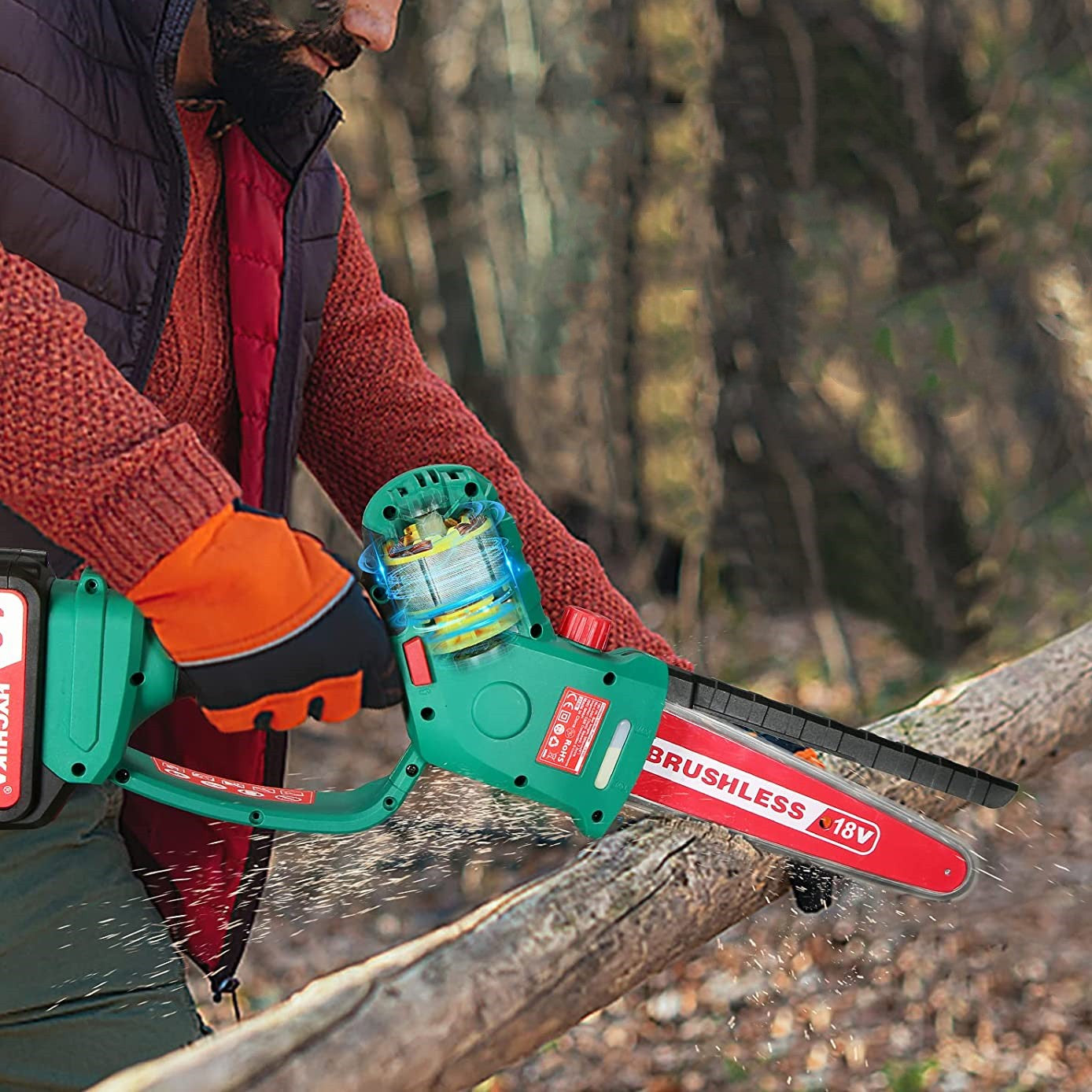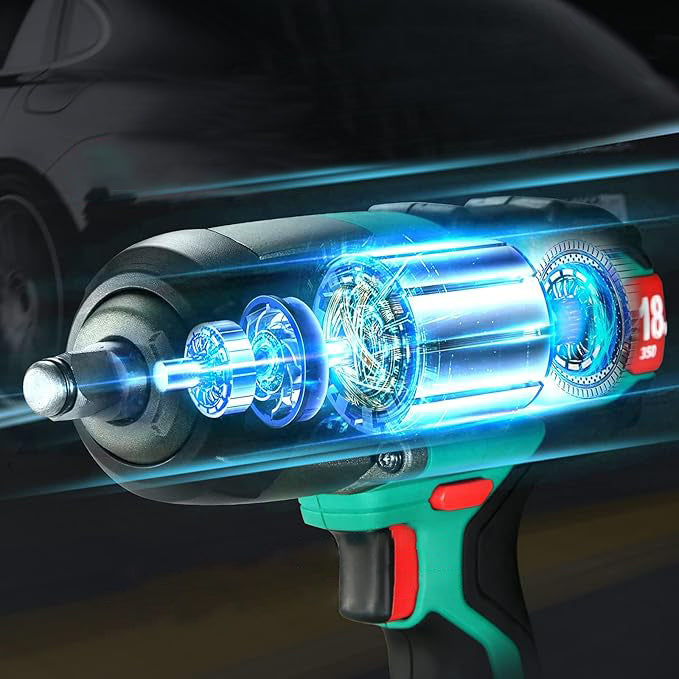I Performance
I.A.1 No Load RPM, 0-575+/-10%
I.A.2 Power Input,
I.A.3
Temperatures:
Motor Enclosure Outside: 50°C Max.
Motor Bearings: 120°C Max.
Other bearings: 93°C Max.
Motor Case: 80°C Max.
Battery Pack: 70°C Max. Discharge40'C Max. Charge
Surfaces normally contacted by a user* Per EN60745
I.B Practical Performance
Each sample will be tested to verify the minimum numbers listed below per charge using the battery pack (1.5Ah or3 Ah)

Note: White pine to be air or kiln dried 1 1% moisture content.
Rest 5min. each 50pcs wood holes.
I.C.1.Switch/switch assembly-
Pre-travel - For information only
Force to actuate switch - For information only Force to hold switch in full on - For information only Force to override switch lock-off - Must withstand 50 lb. force applied to actuator withoutOverriding the lock-offmechanism.
I.C.2. Switch Endurance - Each sample must achieve a minimum of 50,000 cycles without failure.
II. Product Life
II.A. Product Fixture Life -Each sample must achieve a minimum life of 50 hours. (Use a test voltage of 10.8Vdc.)
II.B. Use Test - Each of the 5 samples must be tested to verify the minimum number ofholes/screws listedbelow, Each sample must complete a minimum of 60 total application steps 12 complete test cycles, wheretest cycle consists of the 5 application steps A-E as below).
Conduct cycles 1 -3 using 1.5Ah pcak. Conduct cycles 4-9 using 3.0.Ah pack. Conduct cycles 10-12 using 1.5 Ah pack.


Chucks should be tightened by hand at the beginning of each power pack. Chucks should not loosen morethan once per power pack during testing. A “loosening" occurs when the tool can not continue drilling unlessthe chuck is re-tightened by hand. Slips of the bit during testing should not be considered a failure as long asdrilling can continue without re-tightening of the chuck, No malfinction of tool is allowed throughouttesting. No malfunction of battery including melting, heat deformation, and capacity to take a charge anddischarge is allowed throughout testing.
II.C.Use Test Log- Provide copy oftest log to project engineer for reference.
I.D, Jam Test -Each sample must withstand a minimum of 50 jams without malfunctioningSlips during jam testing are not considered a failure.Jam testing with an inserted washer to prevent clutch slipping must withstand a minimum of 50 jams
Ill. Product Safety
Ill.A. Each sample must be free from any problems that could result in a safety risk to the operator.
Ill.B. Perform drop (impact resistance) testing on (3) samples per appropriate regulatory standard.
IV.Special Tests
IV.A. Lock Rotor Test-N/A
IV,B. Bench Drop - Each sample must complete bench drop without loss of intended function.
No excessive deformation to the product will be allowed as a result ofthe bench drop.
IV.C. Output Torque - Each sample must achieve a minimum output torque of 100 in.lbs. (1 1.3Nm)with 1.5Ah pack.
IV.D. Chuck/Collet Run-Out - Each sample must be equal to or less than 0.4mm TIR when tested 1 .0 inchfrom the chuck's face. Both 3/8” and 3/16” test pins should be used.
IV.E. Drop Test (Tool and Battery) -- Electrical safety, functionality, and structural integrity must bemaintained after each drop . Seam gaps in excess of0.063-inch (1 .6mm) and excessive deformation are not allowed. Storedtools that come loose during drop shall not be considered as a drop test failure.



